Home > No-bake resin sand casting
No-bake resin sand casting
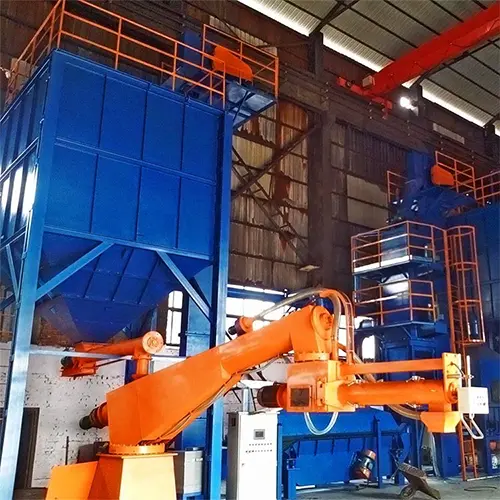
No-bake resin sand casting
Jiangsu Shengrong Foundry resin sand casting is an advanced sand casting process. Its core is to add a synthetic resin as a binder to raw sand (usually silica sand). Through chemical reaction or thermal action, the sand grains harden within the mold, forming a high-strength, high-precision sand mold. Molten metal is then poured into the mold to create the final casting.
Why choose shengrong resin sand castings?
High Casting Precision and Smooth Surfaces: The sand mold is strong and deforms minimally, producing castings with sharp outlines and precise dimensions.
High Production Efficiency: The sand mold hardens quickly, eliminating the need for drying and shortening production cycles.
Excellent Collapsibility: After the casting cools, the sand mold is easy to clean, reducing labor intensity.
Excellent Molding Properties: It can produce castings and sand cores with very complex shapes.
Manufacturing Process
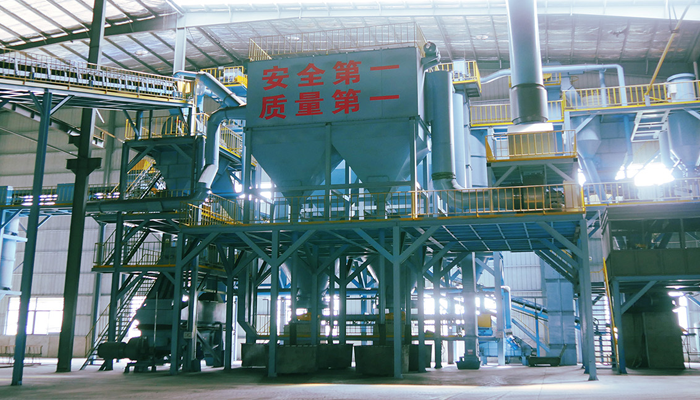
Sand Mixing
To uniformly mix raw sand, resin, and hardener in precise proportions.Use an efficient continuous sand mixer or bowl mixer.First, add the raw sand and hardener, briefly mix, and then add the resin. Ensure that the molding process is completed before the resin begins to cure. The mixed sand must be used within its “usable time” or it will harden.
Molding & Coremaking
Fill the sand box with the mold (pattern) already placed in it.
Fill and compact the sand by vibrating, squeezing, or manually.
After filling, the sand mold will harden naturally due to the curing agent, eliminating the need for baking or air-blasting (this is a key difference from clay sand and water glass sand). After a period of time (several to several dozen minutes), the sand mold will reach sufficient strength and can be demolded.
Coremaking: Use a core box (a mold for core making) to create sand cores to form the casting’s internal cavity or complex shape.
Sand cores require higher strength, air permeability, and collapsibility.
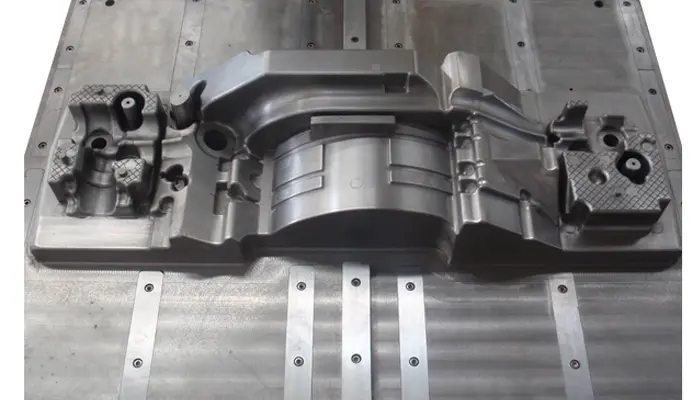
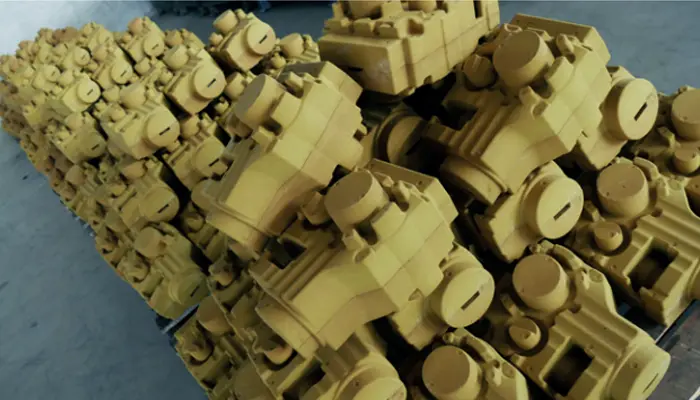
Mold Assembly
Cleaning the Mold: Blow away any loose sand from the lower mold cavity.
Core Insertion: Accurately place the prepared sand core into the lower mold cavity at the pre-set core head position.
Closing the Upper Mold: Smoothly close the upper mold onto the lower mold, aligning the positioning pins to prevent misalignment.
Placing a Weight or Clamping: During pouring, the molten metal generates significant buoyancy (lifting the mold). A weight or clamp must be used to secure the upper and lower molds to prevent the molten metal from flowing out of the parting surface.
Pouring & Cooling
Pouring: Molten metal (such as molten iron, steel, or aluminum alloy) is poured smoothly and continuously into the prepared mold using a ladle from a pouring system.
Cooling: After pouring, the mold is left to stand until the casting has fully solidified within the sand mold and cooled to a desired temperature. Resin-reinforced sand has excellent thermal insulation properties and requires a relatively long cooling time.
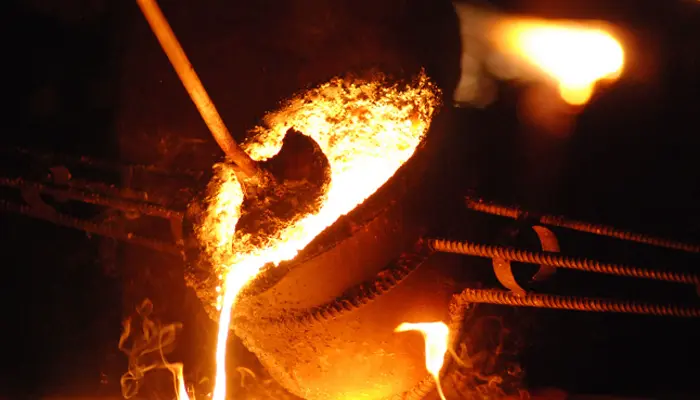
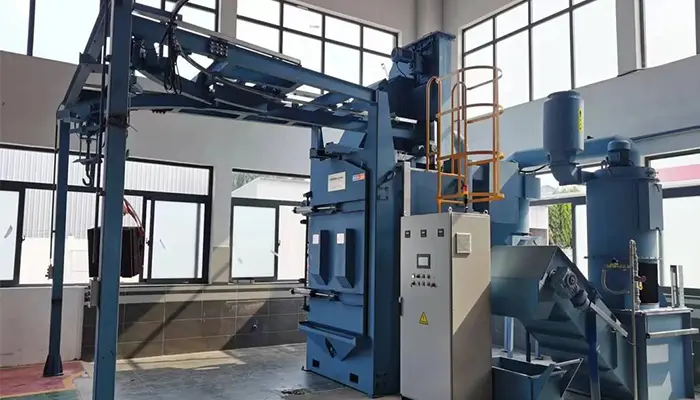
Knockout & Cleaning
Shakeout: After the casting cools, it is separated from the sand mold using a vibrating shakeout machine or manually. A significant advantage of resin sand is its high collapsibility, meaning the sand mold automatically loosens after the casting solidifies, making it easy to clean.
Gating and Riser Removal: The gating system and risers are removed by hammering, sawing, or grinding with a grinding wheel.
Sand Cleaning: Residual sand and grit adhering to the surface of the casting are removed.
Grinding: Grinding away residual sprue and riser debris and burrs using tools such as grinding wheels and polishing machines.
Shot Blasting/Sand Blasting: A shot blasting machine sprays metal pellets to thoroughly remove surface scale and residual sand, leaving the casting with a smooth and aesthetically pleasing surface.
Quality Inspection: The cleaned castings are inspected for dimensions, appearance, and non-destructive testing.

